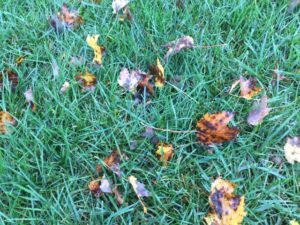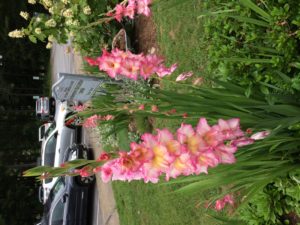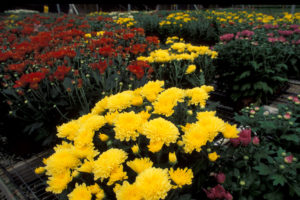Garden Update – October
go.ncsu.edu/readext?747245
en Español / em Português
El inglés es el idioma de control de esta página. En la medida en que haya algún conflicto entre la traducción al inglés y la traducción, el inglés prevalece.
Al hacer clic en el enlace de traducción se activa un servicio de traducción gratuito para convertir la página al español. Al igual que con cualquier traducción por Internet, la conversión no es sensible al contexto y puede que no traduzca el texto en su significado original. NC State Extension no garantiza la exactitud del texto traducido. Por favor, tenga en cuenta que algunas aplicaciones y/o servicios pueden no funcionar como se espera cuando se traducen.
Português
Inglês é o idioma de controle desta página. Na medida que haja algum conflito entre o texto original em Inglês e a tradução, o Inglês prevalece.
Ao clicar no link de tradução, um serviço gratuito de tradução será ativado para converter a página para o Português. Como em qualquer tradução pela internet, a conversão não é sensivel ao contexto e pode não ocorrer a tradução para o significado orginal. O serviço de Extensão da Carolina do Norte (NC State Extension) não garante a exatidão do texto traduzido. Por favor, observe que algumas funções ou serviços podem não funcionar como esperado após a tradução.
English
English is the controlling language of this page. To the extent there is any conflict between the English text and the translation, English controls.
Clicking on the translation link activates a free translation service to convert the page to Spanish. As with any Internet translation, the conversion is not context-sensitive and may not translate the text to its original meaning. NC State Extension does not guarantee the accuracy of the translated text. Please note that some applications and/or services may not function as expected when translated.
Collapse ▲- Aster, Goldenrod, Chrysanthemum, and Franklinia
Plants with Colorful Berries
- American Beauty Berry, Burford Holly, Chinese Holly, Foster Holly, Nellie
Stevens Holly, Nandina, Pyracantha, and Washington Hawthorn
What to Fertilize
- Fertilize spring-flowering bulbs at planting time with a balanced fertilizer.
What to Plant
- October is a good time to set out new landscape plants.
- Plant or transplant peonies this month.
- Continue planting pansy plants now.
- If you do not have a fall vegetable garden, plant cover crops like annual
rye, barley, and wheat. - You can start salad vegetables in a cold frame and enjoy them all winter.
Plant lettuce, green onions, carrots, radishes, and most leafy greens inside
the cold frame.
What to Prune
- Root-prune any trees or plants you plan to move next spring.
- Cut back herbaceous perennials after frost has killed the tops.
Pest Outlook
- Store your garden chemicals in a secured, dry location that will not freeze.
- Control the following woody weeds by spraying the recommended herbicide: trumpet creeper and blackberry.
 Lawn Care
Lawn Care
- Keep newly seeded areas watered.
- Keep tree leaves from collecting on newly planted lawns.
- You can still seed fescue and bluegrass early in October.
Propagation
- Remember to check the cuttings you put in a cold frame greenhouse for winter. This should be done twice a month. Water as needed.
- Dig and divide rhubarb.
- Divide perennial flowers.
 Specific Chores
Specific Chores
- Take soil samples from your plant beds and vegetable garden for testing.
- Start filling your compost bin as leaves begin to fall.
- If you have not or do not plan to plant a cover crop, you can till organic
material like tree leaves into your vegetable garden soil. - Prepare bird feeders.
- Dig and store summer bulbs like gladioli, dahlia, and caladium before frost.
- Purchase locally grown apples.
- Dig sweet potatoes this month before frost kills the plants.
- Spring flowering bulbs can be forced to flower in the dead of winter. Just pot
the bulbs early this month and place inside your refrigerator. In
twelve weeks take them out into the warmth of your home. - Continue to prepare your lawn and garden equipment for winter storage.
- Store leftover fertilizers in a dry location for use next spring.





